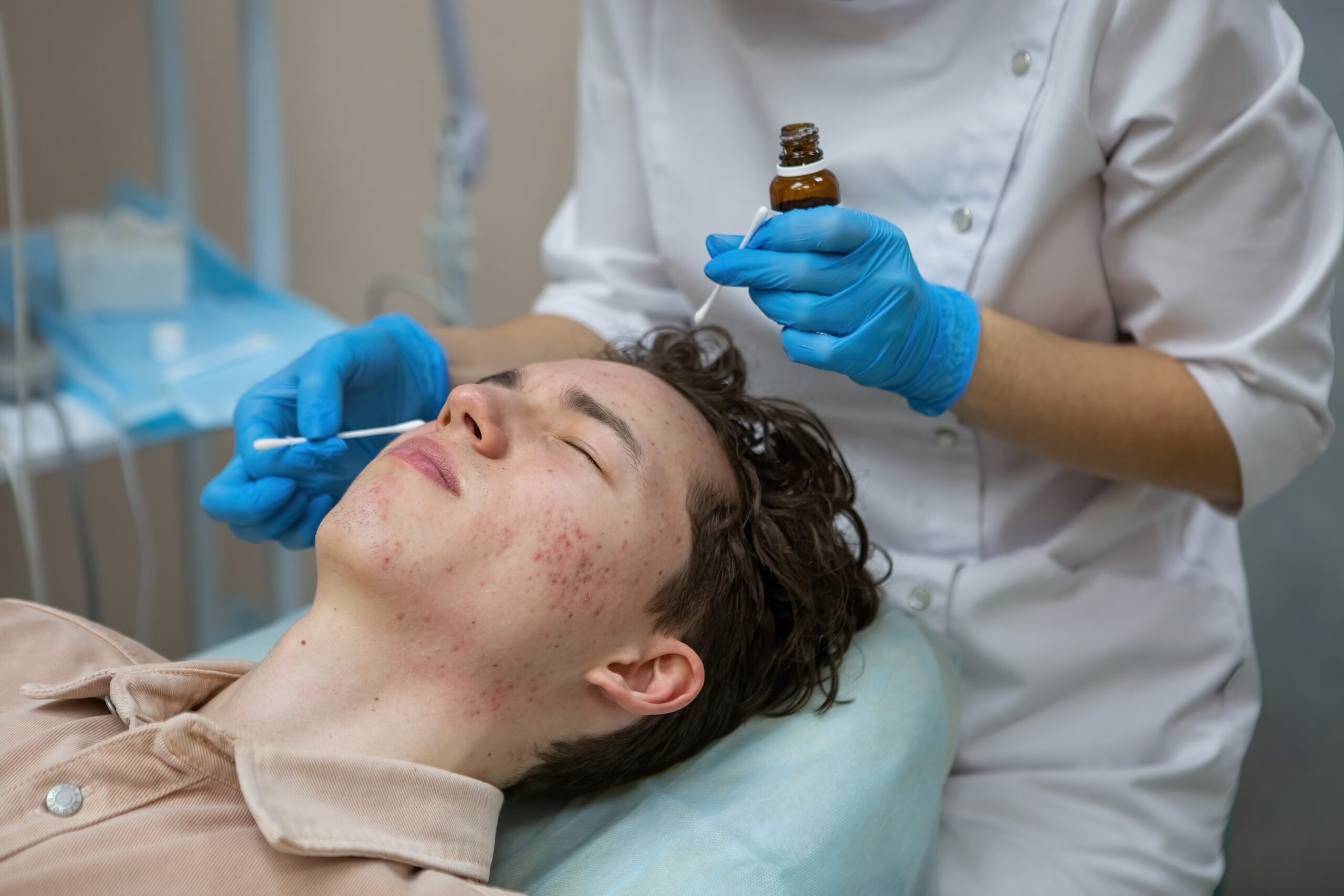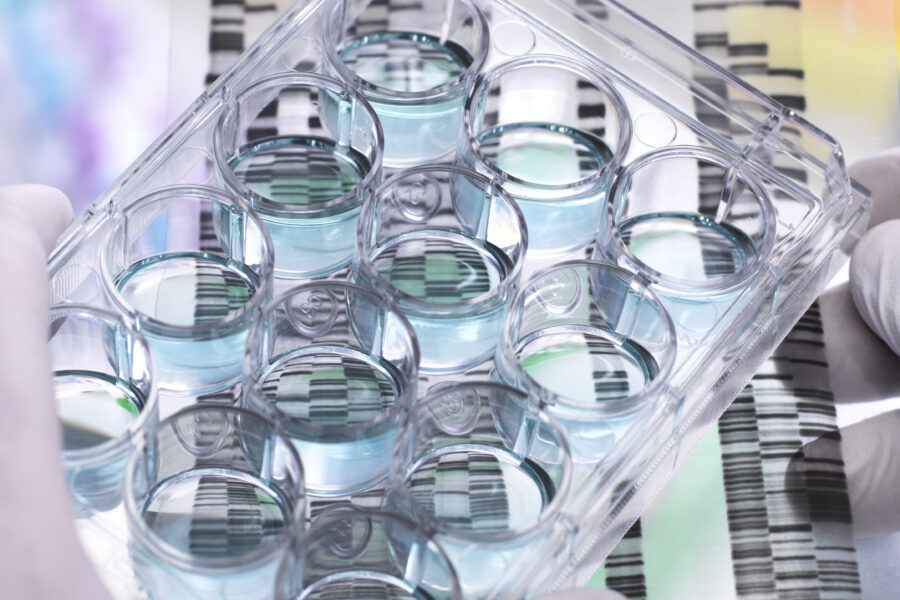When we hear the word “microbiome”, we tend to think about the diverse population of bacteria, fungi and viruses that are found in our gut. However, we often forget that we also have another microbiome that plays an essential role in our innate immune response to external pathogens and populates the human body’s largest organ, the skin. The skin microbiome consists of billions of microorganisms that are unique to each individual due to a variety of exogenous and endogenous factors that influence the proliferation of certain microorganisms. Furthermore, research has shown that each microorganism plays a specific role and can provide their human host with vital proteins or compounds that humans can’t produce.
Typically, skin microbiota provide a symbiotic relationship with their host by acting as the first line of defense against environmental pathogens. However, a microbial imbalance or dysbiosis in the skin microbiome has been shown to trigger the onset of various skin conditions. Certain strains of bacteria are referred to as “opportunistic pathogens”, which means that under normal conditions these strains of bacteria are considered to be safe commensal microorganisms. When there is an event that promotes the overgrowth of these microorganisms, they can cause an imbalance that triggers unfavorable immune responses.
Opportunistic Pathogen: Propionibacterium acnes (C. acnes)
A great example of an opportunistic pathogen is a strain of Corynebacterium parvum, known as Propionibacterium acnes (P. acnes); P. acnes has recently been renamed Cutibacterium acnes (C. acnes), however it is still often referred to as P. acnes in some literature. C. acnes is found on almost every internal and external surface of the human body, yet is relatively harmless at low concentrations. Although this bacterium has been found on internal oral and gastrointestinal epithelial surfaces, it is primarily found on the skin, in the pilosebaceous follicles of the face, neck, and back. C. acnes is a non-spore forming, gram-positive anaerobe that secretes lipases, proteases and hyaluronidases that aid in hydrolyzing triglycerides found in sebum, and releasing free fatty acids to the skin. While these enzymes can provide antimicrobial properties against pathogen colonization, when C. acnes proliferation goes unregulated, they can damage the follicular epithelial tissue that lines the pilosebaceous unit. It is suggested that the damage caused by C. acnes in the pilosebaceous unit can then initiate the inflammatory responses that are characteristic of common skin diseases such as acne vulgaris and progressive macular hypermelanosis.
C. acnes and Skin Diseases
Colonization of C. acnes in pilosebaceous follicles has consistently been implicated in promoting the pathogenesis of acne vulgaris since the 1890’s. Recently it has also been suggested that postoperative infections and intracellular accumulation of C. acnes in epithelial cells and macrophages may contribute to the pathogenesis of other diseases such as sarcoidosis, benign prostate hyperplasia (BPH), prostate cancer, spondylodiscitis, Parkinson’s disease, and other neurodegenerative diseases. Previous research on the role that C. acnes plays in the pathogenesis of skin diseases has shown that this bacterium activates specific innate immune genes and promotes the expression of proinflammatory cytokines. It is reported that C. acnes induces the production of proinflammatory cytokines such as tumor necrosis factor-alpha (TNF-a), interleukin 1 alpha (IL-1a), interleukin 1 beta (IL-1b), and interleukin 8 (IL-8) by activating toll-like receptors (TLR). Furthermore, C. acnes has also been reported to enhance the expression of TLR2, TLR4, and matrix metalloproteinase-9 (MMP-9) by human keratinocytes, which all play a prevalent role in the inflammatory events associated with acne lesions.
Conclusion
Collectively, the vast amount of research on C. acnes has produced some conflicting results on the correlation between C. acnes infection and disease pathology. This suggests that there may be a hologenomic component between the expression of the bacterium’s virulence factors and the host’s genetic makeup. Further research is needed to fully understand the mechanisms behind the role of C. acnes in skin diseases and to develop effective treatments.
While the role of C. acnes in the development of skin diseases is not completely understood, it is clear that this bacterium plays a significant role in the pathogenesis of various skin conditions. Further research is needed to fully understand the mechanisms behind C. acnes infection and its impact on skin health, as well as to develop effective treatments to regulate the proliferation of this opportunistic pathogen and prevent the onset of skin diseases. In the meantime, maintaining a healthy skin microbiome and practicing good hygiene can help prevent the overgrowth of C. acnes and promote overall skin health.
- Dessinioti, C., & Katsambas, A. D. (2010). The role of Propionibacterium acnes in acne pathogenesis: facts and controversies. Clinics in Dermatology, 28(1), 2–7. doi:10.1016/j.clindermatol.2009.03.012
- Grice, Elizabeth A, and Julia A Segre. “The skin microbiome.” Nature reviews. Microbiology vol. 9,4 (2011): 244-53. doi:10.1038/nrmicro25373
- Leheste JR, Ruvolo KE, Chrostowski JE, Rivera K, Husko C, Miceli A, Selig MK, Brüggemann H and Torres G (2017) P. acnes-Driven Disease Pathology: Current Knowledge and Future Directions. Front. Cell. Infect. Microbiol. 7:81. doi: 10.3389/fcimb.2017.00081



